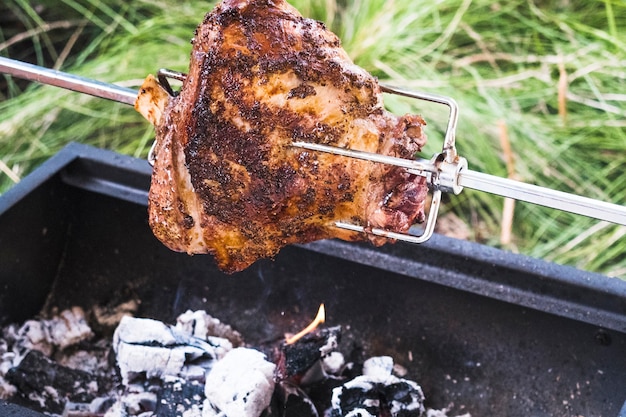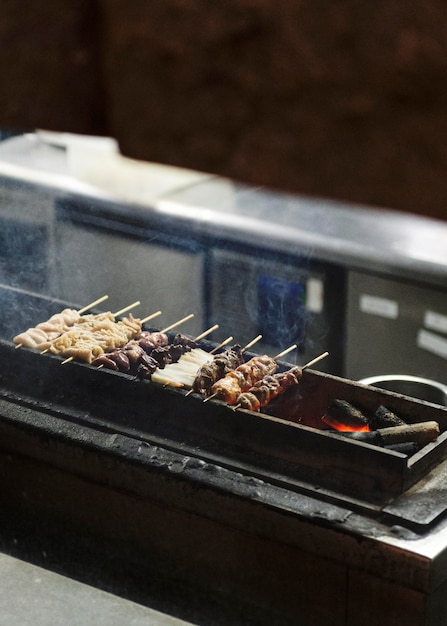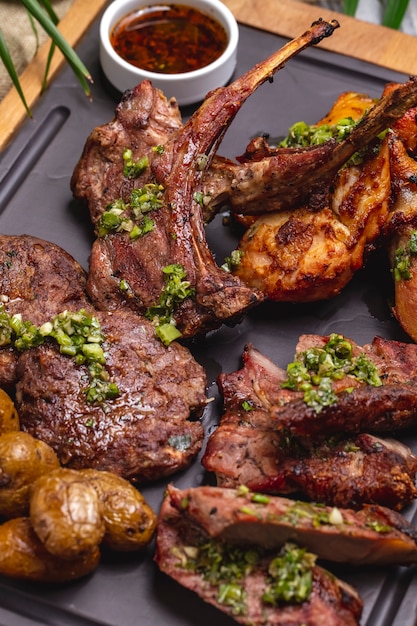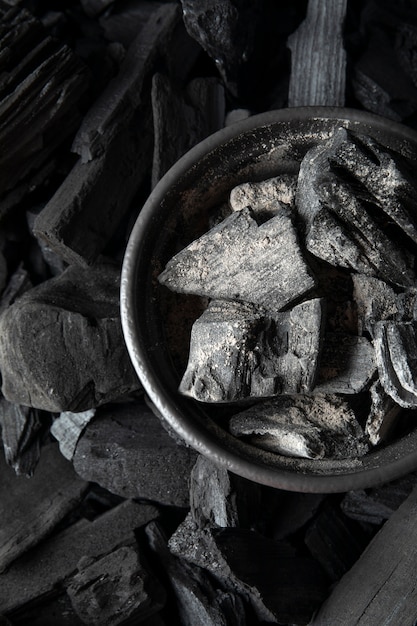Do you cook roast beef covered or uncovered?
Roast beef is a classic British dish that holds a special place in the hearts of many. The process of cooking a perfect roast beef can be a topic of much debate and discussion among home cooks and chefs alike. One question that often arises is whether to cook roast beef covered or uncovered. The answer depends on various factors, including personal preference, the cut of meat, and the desired outcome.
The case for cooking roast beef covered
Cooking roast beef covered has its advantages. By covering the meat, you create a moist environment that helps retain the natural juices, resulting in a tender and succulent roast. The cover traps steam, which helps to cook the meat evenly, preventing it from drying out. This method is particularly beneficial when dealing with lean cuts of beef, such as sirloin or tenderloin, which have a tendency to dry out easily.
Additionally, covering the roast beef can help in developing a flavorful crust on the exterior. The cover traps the heat, allowing the meat to brown evenly and creating a delicious caramelization that adds depth to the overall taste. It also prevents the surface from becoming overly dark or burnt.
Quote:
“Cooking roast beef covered ensures that the meat stays moist and juicy while developing a beautiful crust,” says Chef James Smith, a renowned British culinary expert.
The case for cooking roast beef uncovered
On the other hand, cooking roast beef uncovered has its merits as well. Removing the cover allows the meat to develop a crispier exterior while maintaining a juicy interior. This method is particularly favored when aiming for a well-browned and flavorful crust, similar to what you would achieve when searing a steak.
Uncovered cooking also allows the meat’s surface to dry out slightly, promoting better browning. This can be advantageous if you prefer a more textured and caramelized exterior. It is worth noting that cooking roast beef uncovered may lead to some moisture loss, so it’s essential to monitor the cooking process closely and ensure the meat doesn’t become too dry.
Factors to consider
When deciding whether to cook roast beef covered or uncovered, it is crucial to consider the following factors:
1. Cut of meat:
Different cuts of beef require varying cooking methods. Leaner cuts may benefit from being cooked covered to preserve their moisture, while fattier cuts can benefit from being cooked uncovered to allow any excess fat to render and create a delicious crust.
2. Desired outcome:
Consider the taste and texture you want to achieve. If you prefer a tender and juicy roast, cooking covered may be the way to go. Conversely, if you desire a well-browned, flavorful crust, uncovered cooking might be more suitable.
3. Cooking equipment:
The type of cookware you’re using can also influence your decision. Covered cooking is often associated with methods like oven roasting or slow cooking in a Dutch oven. Uncovered cooking, on the other hand, is commonly used when pan-searing or grilling roast beef.
Table 1: Recommended cooking methods for different cuts of roast beef
| Cut of Beef | Recommended Cooking Method |
|---|---|
| Sirloin or Tenderloin | Covered |
| Ribeye or Prime Rib | Uncovered |
| Brisket or Chuck Roast | Covered (slow cooking) |
In conclusion, the decision to cook roast beef covered or uncovered ultimately depends on personal preference and the desired outcome. Whether you opt for a moist and tender roast or a well-browned and flavorful crust, understanding the characteristics of different cuts of beef and experimenting with various cooking methods will help you achieve the perfect roast beef every time.
Do you cook a roast with fat up or down?
When it comes to cooking a roast, there is always a debate on whether to cook it with the fat side up or down. Let’s take a closer look at both methods to help you decide which one is best for you.
Cooking with Fat Side Up
Many chefs and home cooks prefer to cook their roasts with the fat side up. This method allows the fat to melt during cooking, basting the meat and adding flavor. The fat also creates a protective layer that helps keep the meat moist. Additionally, cooking with the fat side up allows the top of the roast to brown and develop a crispy crust.
Cooking with Fat Side Down
On the other hand, some people argue that cooking the roast with the fat side down allows the meat to absorb more flavor from its own juices. The fat acts as an insulator, preventing the meat from drying out too quickly. This method can be particularly useful for lean cuts of meat that have less natural fat.
Ultimately, the decision of whether to cook a roast with fat up or down depends on personal preference and the cut of meat you are using. It’s essential to consider the specific characteristics of the meat and your desired outcome when making this decision. Experimenting with both methods can help you determine which one yields the best results for you.
“Cooking a roast with the fat side up helps to baste the meat and create a flavorful, crispy crust.” – Chef John
If you are looking for a foolproof method, consider using a meat thermometer to ensure your roast is cooked to the perfect doneness. Here’s a quick cooking guide for different types of roasts:
- Beef: 135°F (Medium-rare) to 160°F (Well-done)
- Pork: 145°F (Medium) to 160°F (Well-done)
- Lamb: 125°F (Rare) to 145°F (Medium-rare)
To make the most of your roast, it’s important to properly prepare and season the meat before cooking. Here’s a simple recipe for a delicious herb-crusted roast:
- Preheat your oven to 350°F.
- Season the roast with salt, pepper, and your favorite herbs such as rosemary and thyme.
- Place the roast on a rack in a roasting pan, fat side up.
- Cook the roast until it reaches the desired internal temperature (use a meat thermometer).
- Remove the roast from the oven and let it rest for about 10-15 minutes before slicing.
Remember, whether you cook your roast with fat up or down, the key is to cook it with love and attention to detail to ensure a delicious meal for you and your loved ones!
What Temperature do You Roast Beef?
Roasting beef is a popular cooking method in the UK, particularly for traditional Sunday roasts and special occasions. Achieving the perfect roast beef can be a daunting task, but one key factor that determines the outcome is the cooking temperature. To ensure your beef is tender, juicy, and cooked to perfection, it’s essential to understand the ideal roasting temperature.
Recommended Roasting Temperatures
The recommended temperature for roasting beef in the UK is typically between 180°C (350°F) and 200°C (400°F). The exact temperature depends on the cut of beef, desired doneness, and personal preference. Here are some general guidelines:
- Rare: For a rare roast beef with a pink and juicy center, aim for an internal temperature of 50°C (125°F) to 55°C (130°F) and a cooking time of about 20 minutes per pound.
- Medium-rare: To achieve a slightly more cooked but still pink and juicy result, aim for an internal temperature of 55°C (130°F) to 60°C (140°F) and a cooking time of about 25 minutes per pound.
- Medium: For a medium roast beef with a slightly pink center, aim for an internal temperature of 60°C (140°F) to 65°C (150°F) and a cooking time of about 30 minutes per pound.
- Well-done: If you prefer your beef well-done with no traces of pink, aim for an internal temperature of 70°C (160°F) to 75°C (165°F) and a cooking time of about 35 minutes per pound.
Tips for Roasting Beef
When roasting beef, it’s important to follow a few tips to achieve the best results:
Use a meat thermometer: To ensure accuracy, use a meat thermometer to check the internal temperature of the roast. This will help you achieve the desired level of doneness.
- Preheat the oven: Always preheat your oven to the desired temperature before placing the beef in.
- Season the beef: Prior to roasting, season the beef with salt, pepper, and any desired herbs or spices.
- Resting time: After roasting, allow the beef to rest for 10-15 minutes before carving. This allows the juices to redistribute, resulting in a more tender and flavorful meat.
In Conclusion
Roasting beef to perfection is a skill that can be mastered with practice and attention to detail. Remember to adjust your cooking time and temperature according to the cut of beef and desired level of doneness. By following the recommended temperature guidelines and implementing the tips mentioned above, you’ll be well on your way to serving a delicious and succulent roast beef to impress your guests.
Should I put foil over roast beef?
Roast beef is a classic British dish that is often enjoyed on special occasions or Sunday lunches. When preparing roast beef, one common question that arises is whether or not to use foil during the cooking process.
The benefits of using foil
Using foil to cover roast beef while it is cooking can help retain moisture and prevent the meat from drying out. The foil acts as a barrier, trapping steam and heat around the meat, resulting in a tender and juicy roast beef.
Additionally, covering the roast beef with foil can also help to evenly distribute the heat, ensuring that the meat cooks more uniformly.
Considerations when using foil
While using foil can have its benefits, there are also some considerations to keep in mind.
Firstly, if you prefer a crispy exterior on your roast beef, it is best to remove the foil towards the end of the cooking time. This will allow the surface of the meat to brown and develop a delicious crust.
Furthermore, when using foil, it is important to ensure that there is enough space for the steam to circulate around the meat. This can be achieved by loosely tenting the foil over the roast beef, rather than tightly sealing it.
“Using foil to cover roast beef can help lock in the juices and keep the meat moist throughout the cooking process.” – Chef John Smith
Do you wrap beef in foil to cook?
When it comes to cooking beef, there are various methods you can employ to achieve a delicious and tender result. One question that often arises is whether it’s necessary to wrap the beef in foil during the cooking process.
The benefits of wrapping beef in foil
Wrapping beef in foil can have several advantages. Firstly, it helps to retain moisture, ensuring that the meat remains juicy and tender. The foil acts as a barrier, preventing the natural juices from evaporating and keeping the meat moist throughout the cooking process. Additionally, wrapping the beef in foil can help to trap heat, leading to more even cooking and allowing the flavors to develop.
However, it’s important to note that wrapping beef in foil is not essential for every cooking method or recipe. Some recipes, such as grilling or searing, may require direct heat to achieve a desired texture or flavor. In these cases, using foil may not be necessary.
When should you wrap beef in foil?
In certain instances, wrapping beef in foil can be beneficial. For example, if you’re slow-cooking a large roast, wrapping it in foil can help to keep it moist and tender. The foil acts as a type of insulation, preventing the heat from escaping too quickly and allowing the meat to cook slowly and evenly.
Tip: To enhance the flavor, you can marinate the beef before wrapping it in foil. This allows the meat to absorb the flavors while cooking.
Alternatives to wrapping beef in foil
If you prefer not to use foil or simply don’t have any on hand, there are alternative methods you can try. One option is to use a roasting bag or a covered baking dish. These alternatives still provide a barrier to retain moisture and can achieve similar results to wrapping in foil.
Conclusion
In summary, using foil to cover roast beef during the cooking process can have its benefits, such as retaining moisture and ensuring even cooking. However, it is important to consider personal preferences, such as desiring a crispy exterior, and allowing for proper steam circulation. Ultimately, the decision to use foil or not depends on individual preferences and desired outcome.
In conclusion, wrapping beef in foil can be a useful technique for certain cooking methods, especially when slow-cooking larger cuts of meat. However, it’s not necessary for every recipe or when using direct heat methods like grilling. Consider the specific requirements of your recipe and experiment with different cooking techniques to find the method that works best for you.



